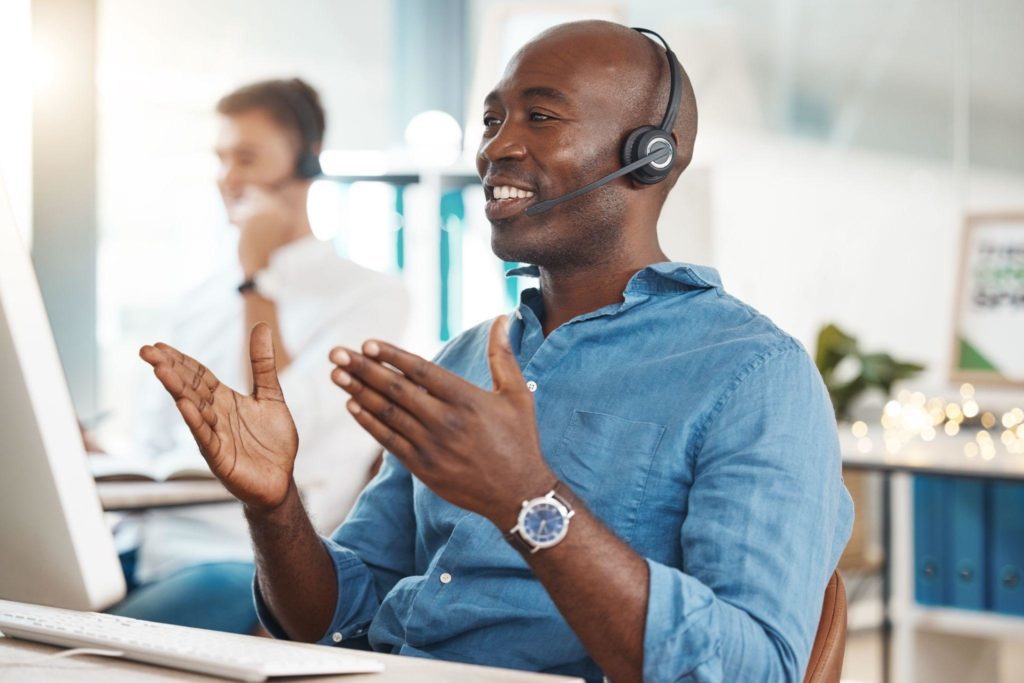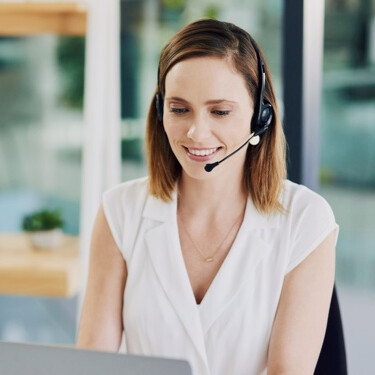All Categories
Featured
Table of Contents
- – When Are Best Virtual Receptionist - Answering ...
- – Best How Do Answering Services Work? Showroom ...
- – Who Is The Best Phone Answering - Serviced & V...
- – Where To Buy Best Your Virtual Receptionist: ...
- – Who Is The Best Melbourne Telephone Answering...
- – What Is The Best Telephone Answering Service...
When Are Best Virtual Receptionist - Answering Service - Phone Answering Sales
This gadget and its successors were designed by Sava Jacobson, an electrical engineer with a personal consulting service. While early voice mail used magnetic tape innovation, many modern equipment utilizes solid state memory storage; some gadgets utilize a combination of both, with a solid-state circuit for the outbound message and a cassette for the inbound messages.
"toll conserving" below) (virtual answering service). This works if the owner is screening calls and does not wish to consult with all callers. In any case after going, the calling party must be informed about the call having been answered (in most cases this starts the charging), either by some remark of the operator, or by some welcoming message of the little bit, or resolved to non-human callers (e.
This holds specifically for the TADs with digitally kept greeting messages or for earlier machines (prior to the rise of microcassettes) with a special endless loop tape, separate from a 2nd cassette, dedicated to recording. There have been answer-only devices with no recording capabilities, where the greeting message had to notify callers of a state of present unattainability, or e (business answering service).
Best How Do Answering Services Work? Showroom Near Me

about availability hours. In tape-recording Littles the greeting generally contains an invitation to leave a message "after the beep". An answering device that utilizes a microcassette to record messages On a dual-cassette answerphone, there is an outgoing cassette, which after the specified number of rings plays a pre-recorded message to the caller.

Single-cassette voice mail consist of the outgoing message at the beginning of the tape and incoming messages on the remaining space. They first play the announcement, then fast-forward to the next readily available space for recording, then tape the caller's message. If there are lots of previous messages, fast-forwarding through them can trigger a substantial delay.
This beep is often referred to in the greeting message, requesting that the caller leave a message "after the beep". TADs with digital storage for the taped messages do not reveal this hold-up, naturally. A little bit might offer a remote control facility, whereby the answerphone owner can ring the house number and, by going into a code on the remote telephone's keypad, can listen to recorded messages, or delete them, even when away from home.
Who Is The Best Phone Answering - Serviced & Virtual Offices & Admin ... Service

Therefore the device increases the variety of rings after which it answers the call (generally by 2, resulting in four rings), if no unread messages are currently saved, however responses after the set variety of rings (usually 2) if there are unread messages. This enables the owner to find out whether there are messages waiting; if there are none, the owner can hang up the phone on the, e.
Some makers likewise permit themselves to be from another location triggered, if they have actually been changed off, by calling and letting the phone ring a specific a great deal of times (typically 10-15). Some provider abandon calls already after a smaller sized number of rings, making remote activation impossible. In the early days of TADs a special transmitter for DTMF tones (dual-tone multi-frequency signalling) was regionally required for remote control, given that the previously utilized pulse dialling is not apt to convey suitable signalling along an active connection, and the dual-tone multi-frequency signalling was carried out step-by-step.
Any inbound call is not identifiable with regard to these properties in advance of going "off hook" by the terminal devices. So after going off hook the calls should be changed to appropriate devices and only the voice-type is right away accessible to a human, but possibly, nevertheless should be routed to a LITTLE BIT (e.
Where To Buy Best Your Virtual Receptionist: Phone Answering Services
What if I told you that you do not have to really select up your device when answering a consumer call? Somebody else will. So practical, best? Answering telephone call does not require someone to be on the other end of the line. Effective automated phone systems can do the technique just as efficiently as a live agent and sometimes even better.
An automated answering service or interactive voice action system is a phone system that interacts with callers without a live person on the line - local phone answering service. When business use this technology, clients can get the answer to a concern about your company just by utilizing interactions set up on a pre-programmed call flow.
Although live operators upgrade the client service experience, numerous calls do not require human interaction. A simple documented message or guidelines on how a consumer can retrieve a piece of information generally fixes a caller's instant requirement - answering service. Automated answering services are an easy and effective method to direct incoming calls to the best person.
Who Is The Best Melbourne Telephone Answering Service : Virtual Reception Company?
Notice that when you call a business, either for assistance or product questions, the first thing you will hear is a pre-recorded voice greeting and a series of alternatives like press 1 for client service, press 2 for inquiries, and so on. The pre-recorded choices branch out to other choices depending upon the consumer's choice.
The phone tree system helps direct callers to the ideal individual or department utilizing the keypad on a cellphone. In some instances, callers can use their voices. It's worth noting that auto-attendant options aren't limited to the ten numbers on a phone's keypad. As soon as the caller has actually selected their very first option, you can develop a multi-level auto-attendant that uses sub-menus to direct the caller to the best kind of support.
The caller does not have to communicate with an individual if the auto-attendant phone system can handle their issue. The automated service can route callers to a staff member if they reach a "dead end" and require support from a live representative. It is costly to work with an operator or executive assistant.
What Is The Best Telephone Answering Service - Dexcomm - U.s. Based Today
Automated answering services, on the other hand, are significantly cheaper and offer considerable expense savings at an average of $200-$420/month. Even if you don't have committed personnel to deal with call routing and management, an automated answering service enhances efficiency by enabling your team to focus on their strengths so they can more efficiently spend their time on the phone.
A sales lead routed to client service is a lost shot. If a customer who has product concerns reaches the incorrect department or receives incomplete responses from well-meaning employees who are less trained to handle a specific type of question, it can be a cause of aggravation and discontentment. An automatic answering system can minimize the variety of misrouted calls, thus helping your workers make much better usage of their phone time while maximizing time in their calendar for other tasks.
With Automated Answering Systems, you can create a personalized experience for both your staff and your callers. Make a recording of your main welcoming, and merely upgrade it regularly to reflect what is going on in your company. You can produce as many departments or menu choices as you want.
Table of Contents
- – When Are Best Virtual Receptionist - Answering ...
- – Best How Do Answering Services Work? Showroom ...
- – Who Is The Best Phone Answering - Serviced & V...
- – Where To Buy Best Your Virtual Receptionist: ...
- – Who Is The Best Melbourne Telephone Answering...
- – What Is The Best Telephone Answering Service...
Latest Posts
Phone Answering Service Near Me ( Australia 2650)
Outstanding Receptionist Service Near Me – South East Queensland
Cost-Effective Call Answering Service Near Me – Perth 6019
More
Latest Posts
Phone Answering Service Near Me ( Australia 2650)
Outstanding Receptionist Service Near Me – South East Queensland
Cost-Effective Call Answering Service Near Me – Perth 6019